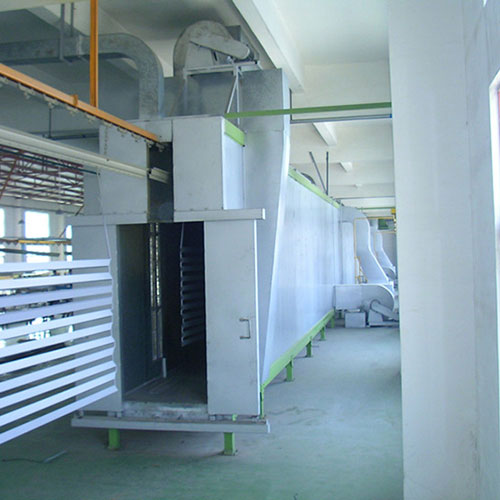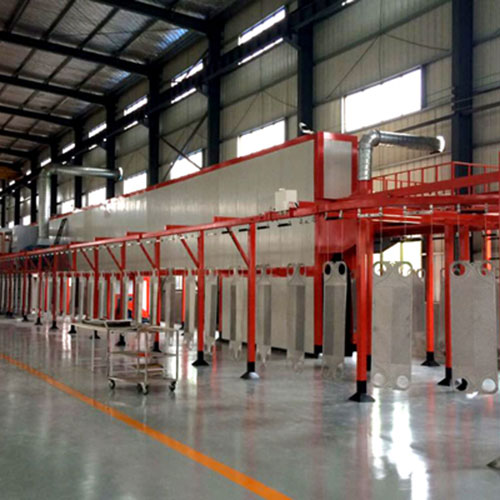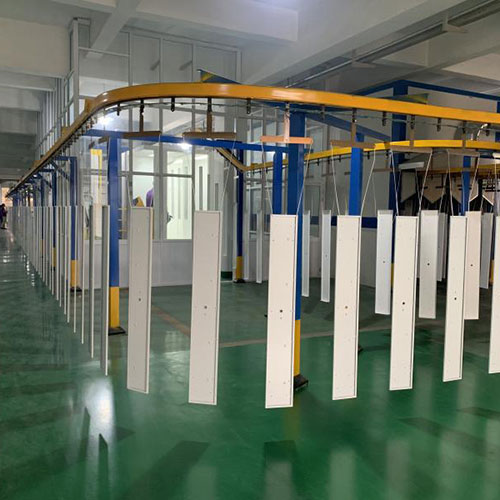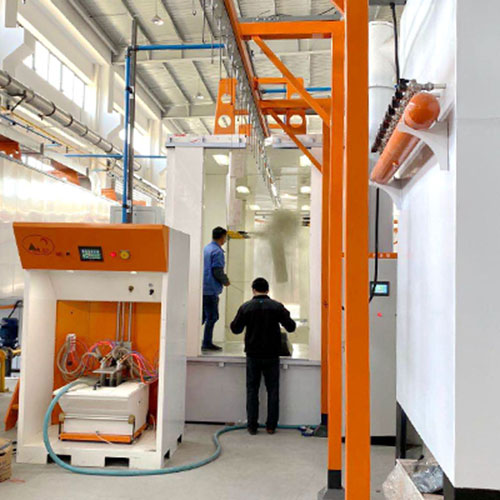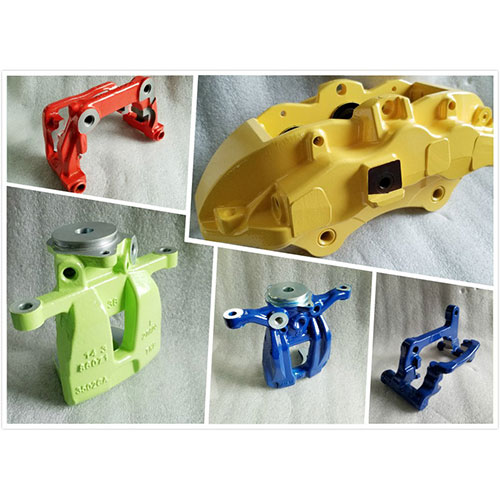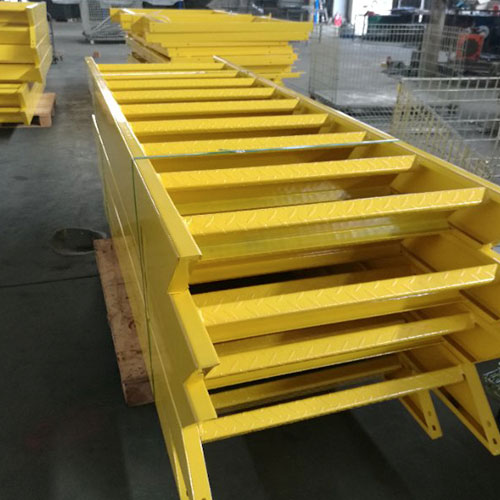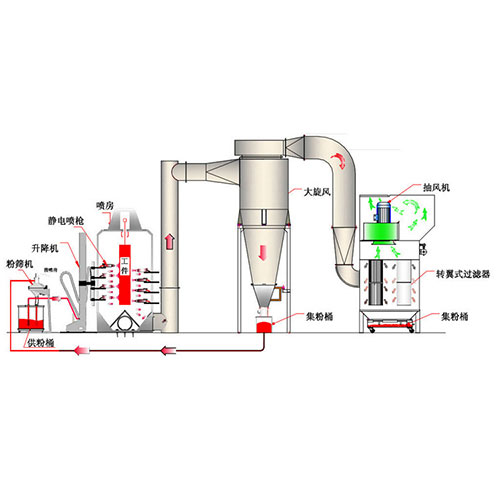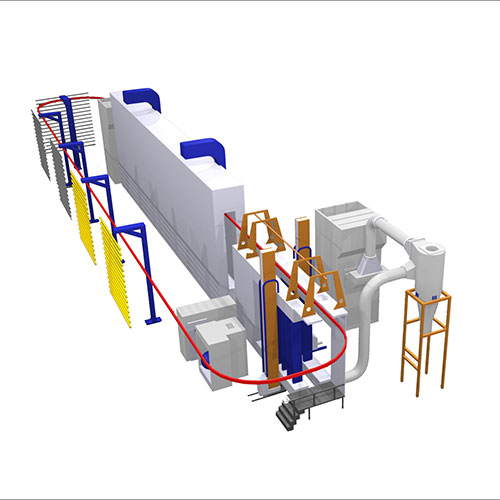Contact Us
- Tel:
86-532-86552119
- E-mail:
decho@dechometalworks.com
- Address:
Feicheng High-tech development zone, Tai'an City, Shandong Province
Electrostatic Spraying
Liquid phase spraying plays a very important role in the field of surface engineering, with significant advantages in surface repair, surface strengthening, and functional coating preparation.
Thermal spraying technology plays a very important role in the field of surface engineering, with significant advantages in surface repair, surface strengthening, and functional coating preparation. It also plays an important role in the national economy, which can reduce energy consumption, reduce the use of raw materials, reduce the performance requirements for overall materials, and achieve the repair and reuse of parts with excessive wear and tear. Nano coatings have been a very important research direction in the field of international surface engineering in recent years. Due to the improvement of strength, reduction of microcracks, better thermal shock resistance, and low wear properties, thermal spraying technology has conducted a lot of research work in the preparation of nano coatings. The traditional method is the nano thermal spraying powder re granulation technology represented by the nano alumina/titanium oxide composite nano coating invented by Wang Yu. The process of this method is complex High cost; In the last decade, a new spraying technology for preparing nano coatings - liquid phase thermal spraying has emerged. It is a very efficient technology for preparing nano coatings. The name of suspension plasma spraying (SPS for short), which is widely used in English at present, is Suspension Plasma Spraying; Solution Precursor Plasma Spraying (SPPS for short); Suspension Thermal Spraying (STS);
Fluorocarbon spraying has excellent fading resistance, frost resistance, corrosion resistance to atmospheric pollution (acid rain, etc.), strong UV resistance, strong crack resistance, and ability to withstand harsh weather environments. It is beyond the reach of ordinary coatings. Fluorocarbon spray coating is a coating made with polyvinylidene fluoride resin nCH2CF2 baking (CH2CF2) n (PVDF) as the base material or metal aluminum powder as the color material. The chemical structure of fluorocarbon based materials is bonded by fluorine/carbonization bonds. This structure with short bond properties combines with hydrogen ions to form the most stable and firm bond, and the chemical stability and firmness make the physical properties of fluorocarbon coatings different from general coatings. In addition to excellent wear resistance and impact resistance in terms of mechanical properties, it also exhibits long-term fading resistance and UV resistance, especially in harsh climates and environments. In the early 1960s, it began to be used in engineering plastics for wires and cables. In 1965, Pennwalt Chemical Company in the United States first synthesized a building topcoat, also known as metal paint, using polyvinylidene fluoride as the base material and metal particulate aluminum powder, and used Kynar 500 as the trademark. As a result, manufacturers around the world have started using Kynar 500 to produce their own fluorocarbon coating topcoats to meet the coating requirements of high-end indoor and outdoor aluminum materials in buildings. The wide selection of colors, beautiful and dignified appearance, and durability have added luster to many magnificent curtain wall buildings around the world. The coating manufacturer's guarantee for the service life of the coating starts at 10 years, develops from 15 years to 20 years.
Research institutions in the United States have tested and compared fluorocarbon coatings, super coatings, and general coatings. Samples of the coatings were placed in scorching sunlight in Florida, USA, and exposed to harsh environments containing moisture and salt for 12 years. It has been proven that the stability and durability of fluorocarbon coatings are 30 and 80 percentage points higher than the other two coatings. Fluorocarbon coatings ensure their use in various harsh environments

